
Driving and Rest times
Consequences of Non-Compliance
Lesezeit: 5 minutes | Monday, 29. Apr 2019
Reasons why compliance with driving and rest times is extremely important!
A traffic accident involving a truck leads to severe injuries or even death in 30% of cases. Therefore, avoiding accidents involving trucks is of the utmost importance. One major factor leading to accidents is driver fatigue. To prevent fatigue, overload, and exploitation of drivers, there are various regulations in driver labor law designed to protect drivers from exploitation and, consequently, prevent fatigue. Specifically, Regulation No. 561/2006 of the European Parliament sets out driving times, breaks, and rest periods for drivers in road transport of goods and passengers, aiming to harmonize conditions for competition among land transport operators, especially in road transport, and to improve working conditions and road safety.
Important Regulations on Driving and Rest Times
In addition to Regulation No. 561/2006 of the EU Parliament, driving and rest times are covered by the following regulations and laws:
- Working Time Act (ArbZG)
- Driver Labor Law (FPersV)
- Driver Labor Regulation (FPersV)
- EU Directive 2002/15/EC
- Collective Agreement for the Freight Transport Industry
With this abundance of regulations and laws, it becomes clear that the issue of driving and rest times is quite complex and, in some respects, convoluted. However, the following infographic aims to provide you with an overview of important regulations. Please note that values may vary depending on the country.
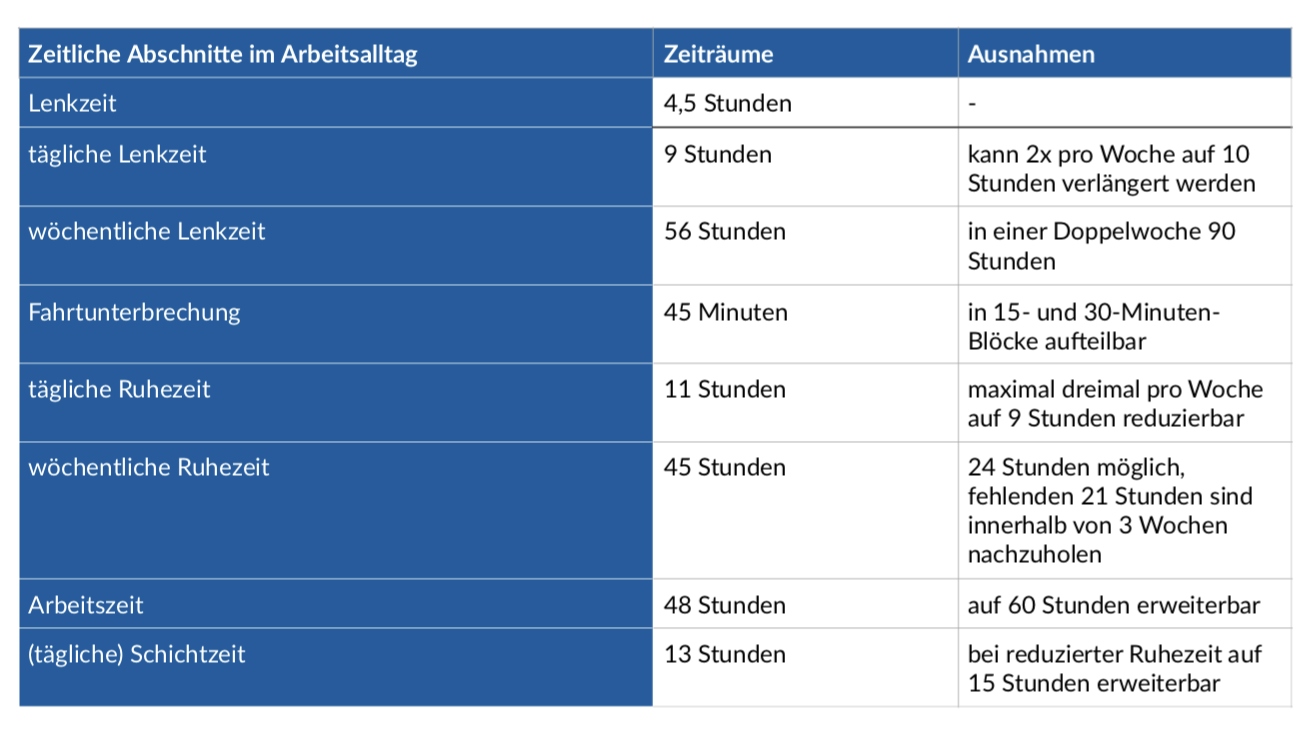
Note: Shortening the weekly rest period is only possible every other week. However, changes may be forthcoming in the near future.
Consequences for Freight Carriers and Forwarders for Non-Compliance
To better enforce the various regulations and laws, exceeding driving, rest, and break times is accompanied by fines for drivers and operators. In extreme cases of non-compliance, operators may even be held liable. This could occur, for example, if drivers are unable to meet prescribed deadlines and routes, and the operator threatens them with consequences for failure to fulfill orders promptly.
Overview of driving times helps prevent violations
To prevent drivers from even being in situations where regulations might be violated, it is advisable for dispatchers or fleet managers to utilize intelligent solutions. By connecting a telematics device to the digital tachograph, data from the vehicle's mass storage and driver data from the digital tachograph can be transmitted to the company and automatically imported into a software solution like BlueLOGICO®. This allows driving and rest times to be automatically recorded in the legally prescribed intervals, providing a reliable basis for scheduling. The live-calculated remaining driving times help dispatchers, fleet managers, and drivers actively avoid violations and fines. The legal requirements for data management of the digital tachograph and monitoring of driving, working, and rest times can thus be met with the help of intelligent software solutions like BlueLOGICO®.
Regular evaluations within the company and training sessions reduce violations
Compliance with driving and rest times must also be monitored within the company by law. The duties of the operator include regularly saving, archiving, and reading driver card and mass storage data. With modern software solutions such as TachoLOG® or ZA-ARC®, not only can the operator's duties be fulfilled, but also important operational data (downtimes, mileage, working hours) can be recorded and violations checked. In the event of a violation of driving or rest time, operators are required to instruct drivers accordingly. These instructions help both operators and fleet managers, dispatchers, and drivers gain an overview of violations and learn from mistakes. Through this education, future violations can be reduced or even completely avoided.
More news that might interest you
-

Benefits of a telematic system #2
Welcome to "Benefits of Telematics Part 2". In our last post in this series, we discussed the inc... -
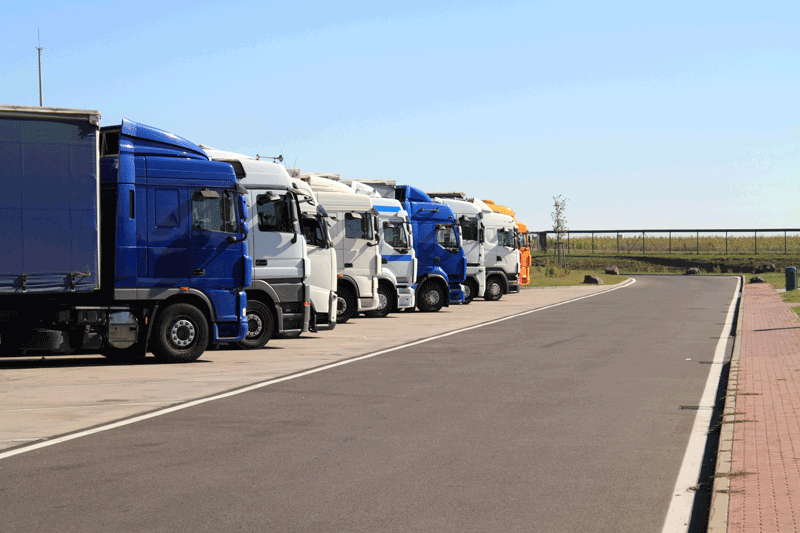
Which data can be analysed by a telematic system?
Intelligent telematics systems can fundamentally capture and transmit the following data: Data... -
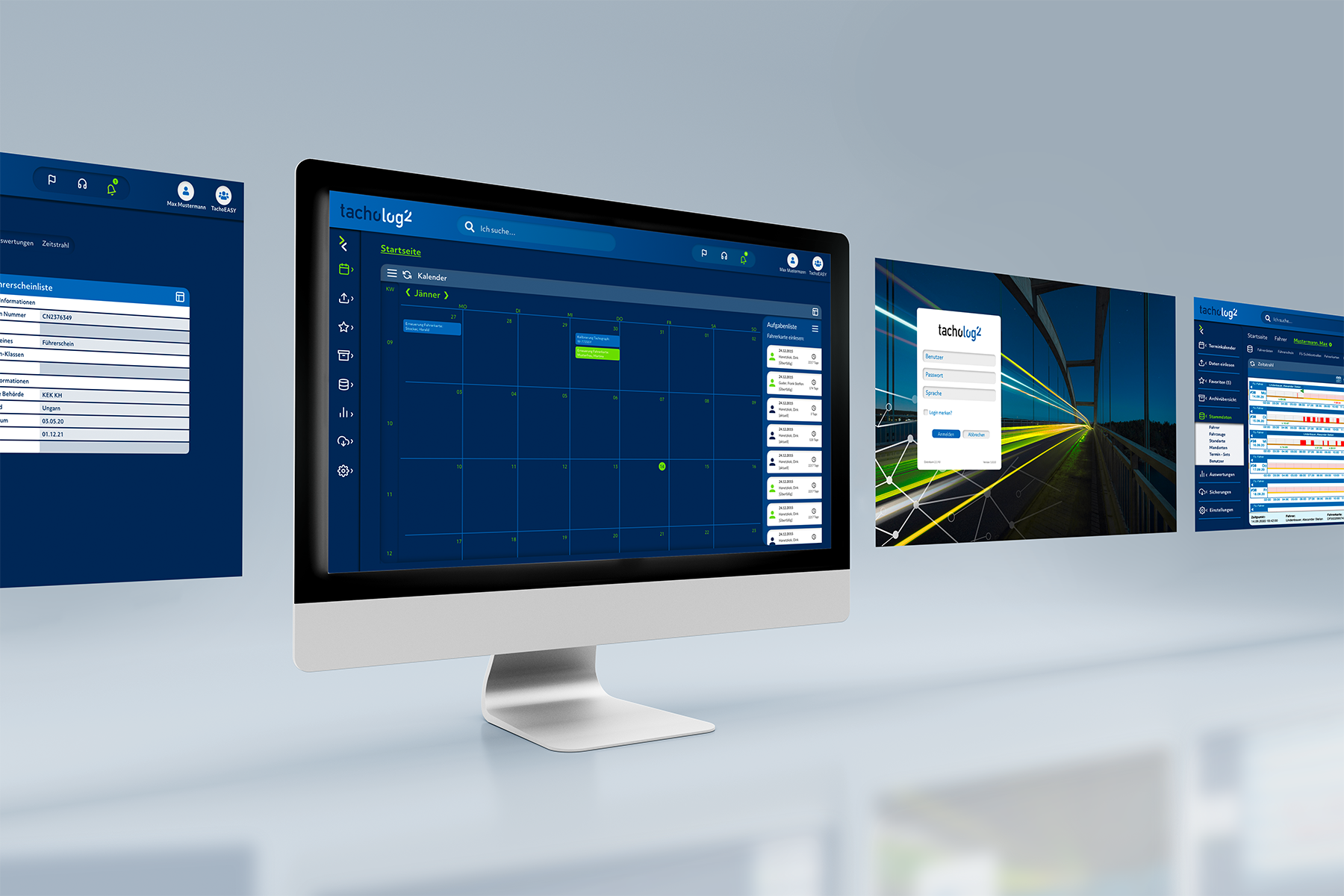
Out now: tacholog²
More Than Just Compliant Tachograph Data Archiving We are thrilled to announce that our new soft... -

Transport & Logistik ABC - #1
There is no translation available. Willkommen zu unserem “Transport & Logistik ABC - Teil 1”.... -
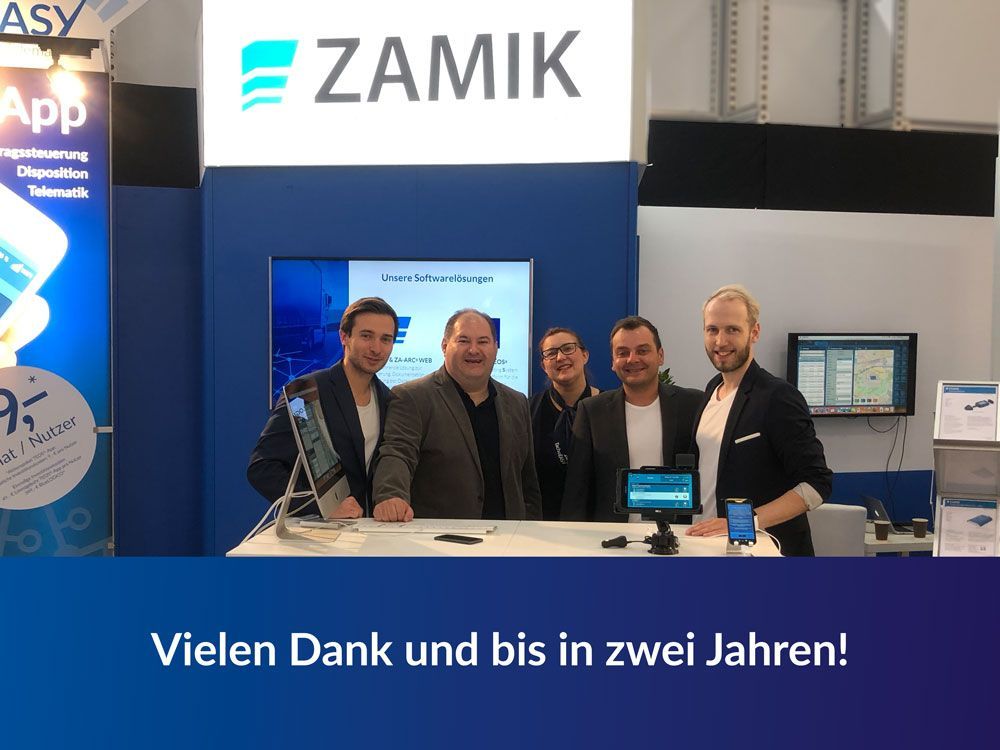
transport logistic: See you in two years
Today, Friday at 4 p.m., the transport logistic fair was concluded after four days amidst the app... -

Route optimization vs. Google Maps - what's the difference?
Many transport companies nowadays rely on online mapping services, smartphone apps, or traditiona... -

Customer Story: Frank Reisen works with BlueLOGICO®
We are pleased to share an article about our long-standing customer Frank Reisen, which appeared ... -

Digital document management in transport and logistics with BlueLOGICO®
Imagine if workflows in dispatching and order management were faster and of higher quality. What ... -
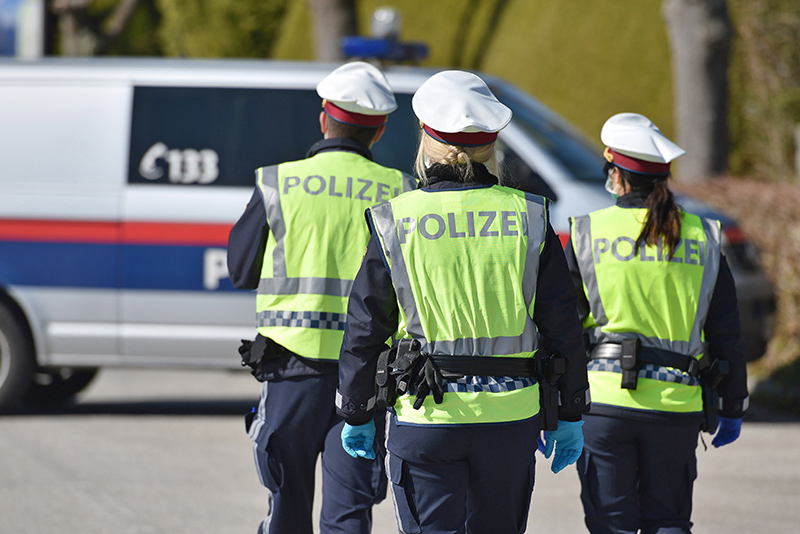
Advantages of Telematics #3
Welcome to "Advantages of Telematics Part 3". In our last article in this series, we discussed th... -

One click to the perfect route in BlueLOGICO®
The telematics and dispatching software BlueLOGICO® contains numerous features that greatly simpl...
